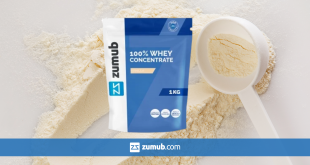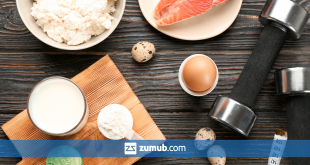
Flexible dieting is a concept that aims to not restrict any food and still achieve the goal, whether losing weight or gaining muscle mass.
We can say that this diet is based on making 80% of the diet with healthy foods and saving 20% for some more caloric extras.
However, this implies knowledge of macronutrients (protein, carbohydrates and lipids), knowing which group each food belongs to and knowing how to substitute it properly, giving the possibility to include it, for instance, substituting sweets for a food from that group.
It should be noted that despite this diet having greater freedom of choice, it is important to maintain the quality of food, that is, not to abuse fried foods and sweets. This is because, as with any diet, it will only work if you are consuming the right calorie value for your goal.
Benefits of flexible dieting:
As we have already seen, the differential of this diet is that it allows for a greater range of choices, so that it is easier to adhere to the food plan and therefore achieve the goal, but it is always necessary to comply with the stipulated amounts of macronutrients.
The introduction of flexible dieting does not mean that you can introduce everything you want on a daily basis, it is necessary to make healthy choices and know the foods well.
Therefore, the benefits are:
– Avoid the monotony of dieting: by getting to know the food groups well, you have the possibility to vary the choices within each group, keeping the quantity
– Not having prohibited foods: especially if your goal is to lose weight, make sure you don’t feel guilty whenever you eat a sweet or a higher calorie food
– Helping with weight loss: by not having dietary restrictions, it makes adherence to the diet much greater in the long term, which makes you not only achieve the result, but also keep it over time.
– Lower prevalence of eating disorders: by having a broader food choice, there is less obsession with diet and body image
The biggest disadvantage, if we can call it that, is that it involves knowing well the amounts you need for your goal, that is, knowing how many grams of protein, carbohydrates and lipids you need to eat per day, so it is always important to monitoring by a nutritionist.
What foods are allowed?
Foods that are allowed are all carbohydrates, proteins and lipids. The ideal is to value the consumption of vegetables, fruits, whole grains, lean meats and good fats.
In conclusion, it is a good alternative for those who have difficulty maintaining a dietary pattern, as we all know that prohibited foods are the most desirable. However, your success will only be achieved if you fulfil the quantities and combine it with an active lifestyle.
 Zumub.com Official Blog Everything about Fitness, Gym, Nutrition and Supplementation. Read articles written by Zumub.com specialists and expert guests.
Zumub.com Official Blog Everything about Fitness, Gym, Nutrition and Supplementation. Read articles written by Zumub.com specialists and expert guests.



